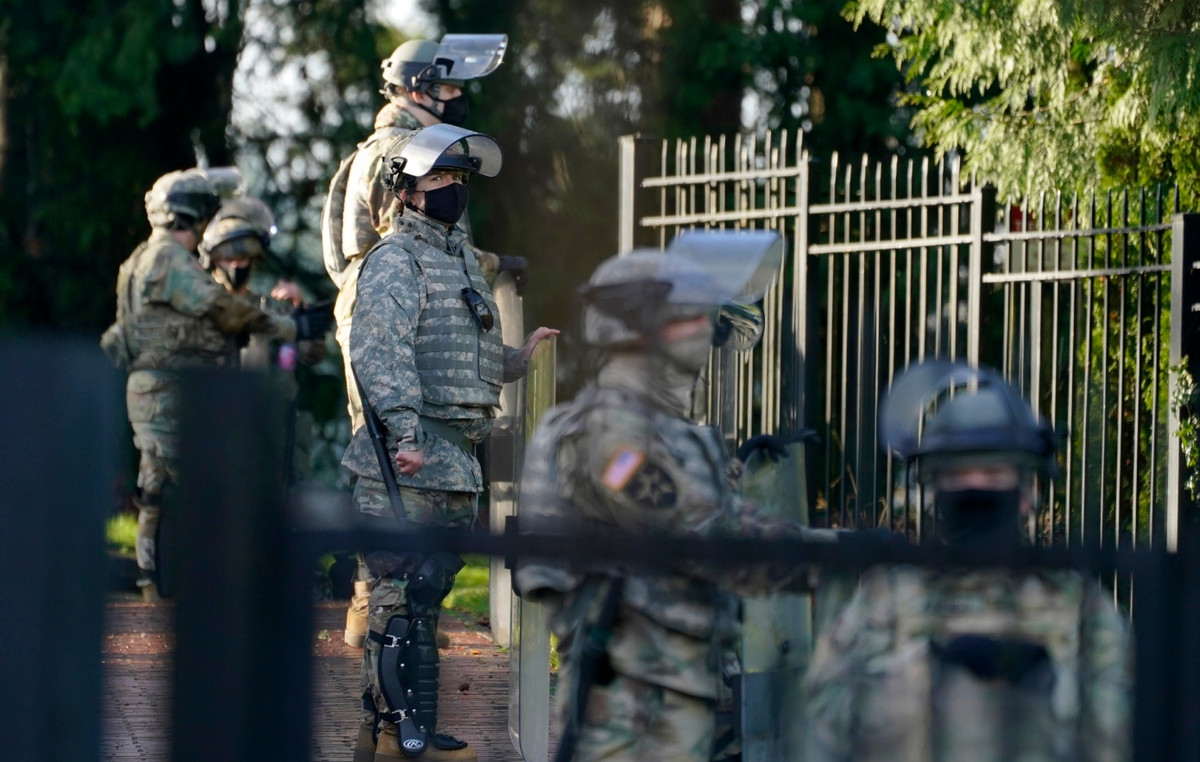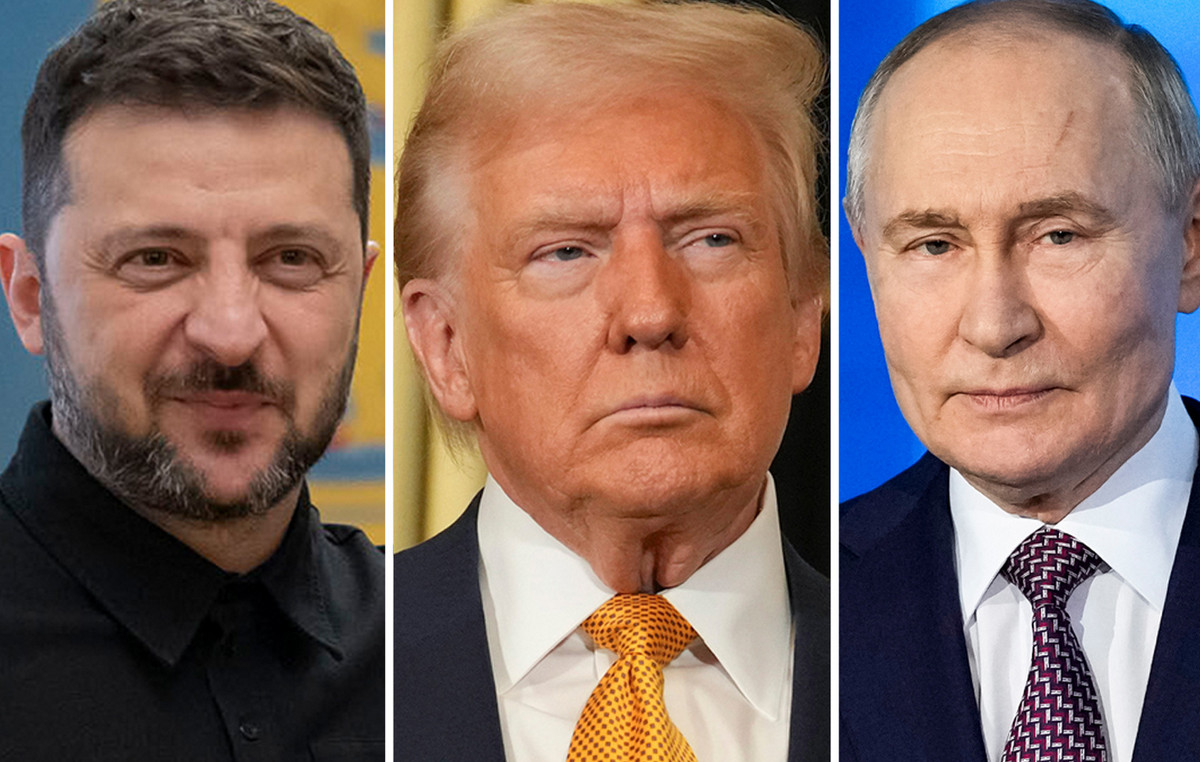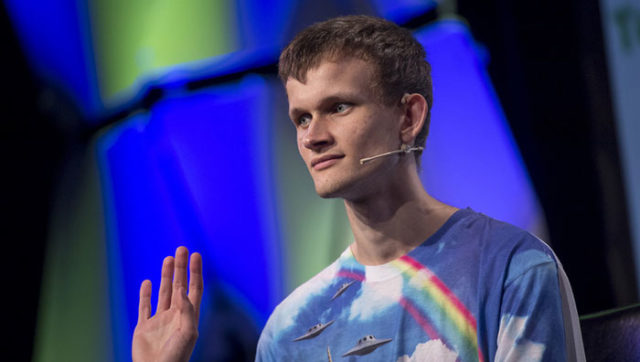oHow many HIV tests have you had in your life?
I have no idea, but I sure remember the first one.
My hands were sweating, my ears were totally deaf to anyone next to me, and my head couldn’t stop thinking about a single question: What will I do if it’s positive?
Fortunately, with treatments like PrEP (Pre-Exposure Prophylaxis) and PEP (Post-Exposure Prophylaxis), this tension has decreased a lot – I make it clear that it has not zeroed, but I can already hear who is next to me, while the result is not enough.
Really, this will only end when we reach the cure.
After 40 years of the AIDS pandemic, the world has never been closer to that moment.
And fortunately, there are many Brazilian doctors on this path.
One of them is the infectologist at Unifesp Ricardo Diaz . “Our main objective in the research is to try to bring people closer to healing, and eventually to achieve what nowadays has a name, which is called sustained remission of HIV no antiretrovirals” says the doctor.
The name sounds complicated, but the explanation is easy:
That’s when doctors take the medication from the patient and he can control the virus alone, from the body’s own defenses. And this can happen for two reasons: or there is such a small amount of the HIV virus in the body that it loses function or because the body has actually eliminated all the viruses.
There are three barriers that we have to permanently eliminate the virus from the body. The first is that the treatment we have today does not reduce the virus by 100%. The second barrier we call latency, and it’s a word that means that the virus stays asleep inside its little house, which is the cell, and that way, the drugs don’t work. Another barrier we call the sanctuary. Sanctuary is the place in our body where the virus lives, and the medicine doesn’t arrive right. For example, the brain, testicle, ovary and sexual organs as well and some parts of the deeper intestine.
Ricardo Diaz, infectious disease specialist at Unifesp
Identify where the virus hides and eliminate it.
A dream that researchers led by Dr. Ricardo Diaz pursue every day. And they seem to have found the way.

“When we combine strategies to reduce the multiplication of the virus with the treatments that we have today, take the virus out of latency or kill these latent cells, waking up the virus, the medicine works. When we combined all this, we got a better response in terms of reducing the number of cells that have viruses in the person’s body and that was a unprecedented result ” , explains Dr. Ricardo.
Two of the five research volunteers, who received the experimental treatment, were able to spontaneously control the virus after the antiretrovirals were withdrawn.
We started to have some evidence that the virus could still be there. And so we come back with the treatment of these two candidates. This was even criticized by some international researchers, who thought that we should observe a little more, but now we are going to redo everything and we hope to reproduce it on a slightly larger scale, with a greater number of people.
Dr. Ricardo Diaz, infectious disease specialist at Unifesp
Unprecedented and promising is also the research that the infectologist Bernardo Porto , from the Emilio Ribas hospital, is part. Another Brazilian in search of the long-awaited vaccine, the so-called Mosaic Study .
“We take several genes in the laboratory, even from different subtypes and recombinant forms of HIV, and we group them in a mosaic form and this mosaic is coupled to another virus, inactivated there in the laboratory, it is incapable of causing disease and it works like a Trojan Horse ”, says Dr. Bernard.
Who doesn’t remember the Trojan Horse?
A giant wooden horse, hollow inside and hiding Greek soldiers, who by surprise, in the middle of a party, took the city of Troy.
It (the Mosaic) is innovative in relation to other HIV vaccine studies, because for the first time we are testing a product, which aims to cover 94% of the genetic variability of HIV.
Bernardo Porto Maia, infectious disease specialist and coordinator of the Mosaic Study at Hospital Emílio Ribas
When I heard this I had to ask why covering nearly 100% of the genetic variation of the virus is so important. The answer is that HIV multiplies so fast that in each region of the globe it takes a different form.
So, not every vaccine, even after discovery, will be able to protect all of us.

The study, which enters phase 3, recruited nearly 4,000 people in the Americas and Europe, the study’s focus regions. There are eight countries participating in clinical trials.
The volunteers, all from the LGBTQIA+ community, primarily men who have sex with men, will receive four doses of the potential vaccine or placebo.
“We already know that this product from the Mosaic Study is safe and also capable of inducing a specific defense response. Now we want to know, in phase 3, testing people in more territories, if this immunogenicity translates into effectiveness. If, in addition to inducing a response, that response is competent to prevent sexual transmission of HIV type 1”, explains the infectious disease specialist.
Who also contributes to the end of HIV infection in the world is another doctor here in Brazil: I introduce Dr. Maria Naomi Sato, assistant professor at the USP School of Medicine. In a survey published at the end of 2021, the doctor’s studies pointed to a possible cure for the virus from one of the first links we have with life: the the umbilical cord .
One of the findings of the study was that the cells of the neonate, the baby, are in a certain way ‘naive’, naive, less experienced – but if you give an adjuvant (as if it were a reagent), you can potentiate the immune response to front of HIV infection in vitro
Maria Notomi Sato, professor at FMUSP

And if we expect results here, the world has already shown that it is possible that Dr. Sato is correct. In February of this year, a woman in the US became the third person to be cured of HIV. From a treatment with umbilical cord blood, she has been without signs of the virus in her blood for more than 14 months – and without the need for antiretroviral drugs.
Antiretroviral drugs, which, in turn, are also in full scientific development. After all, in the world, more than 28 million people live with this type of therapy.
Do you remember when we talked here in the column about PrEP and PEP?
Today we bring you two breakthroughs in these drugs:
They have been living with HIV for more than 40 years. In addition to pride, it’s a relief to know that when the cure comes out, there will be an important part of it coming from Brazil.
- Production : Letícia Brito, Carol Raciunas and Duda Lopes
Source: CNN Brasil







